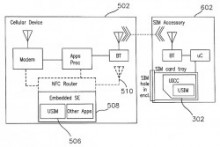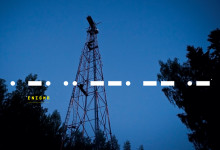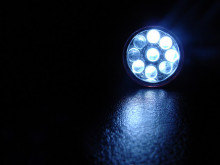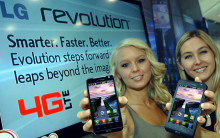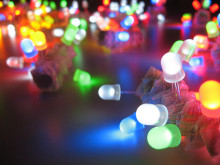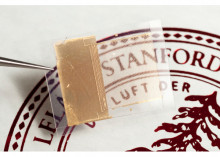Apple patents 'SIM within' secure element technology
A newly published Apple patent application sets out a way for a virtual SIM card to be built into an embedded secure element which can, in turn, be attached to an NFC controller chip.
An NFC-related patent application filed by Apple in November 2010 has now been made public by the US Patent and Trademark Office.














































